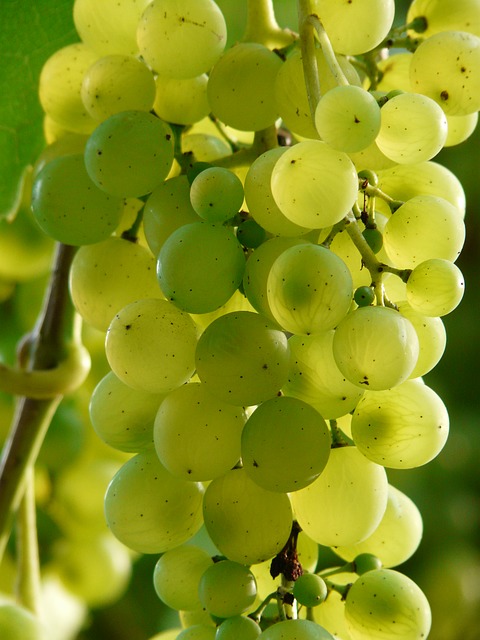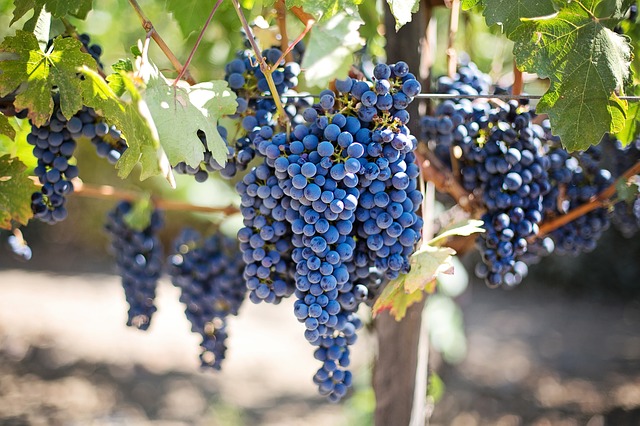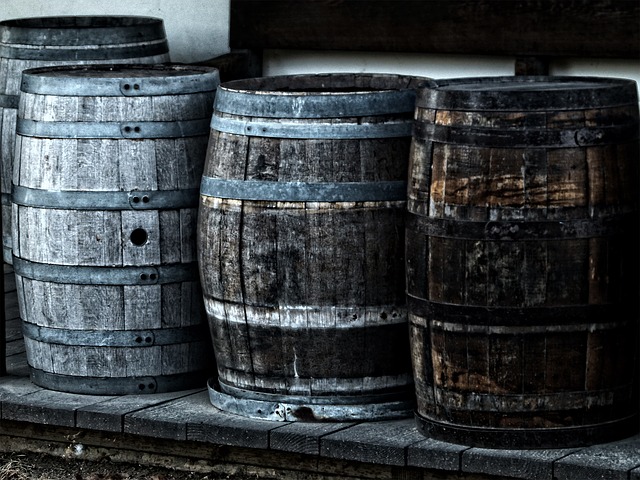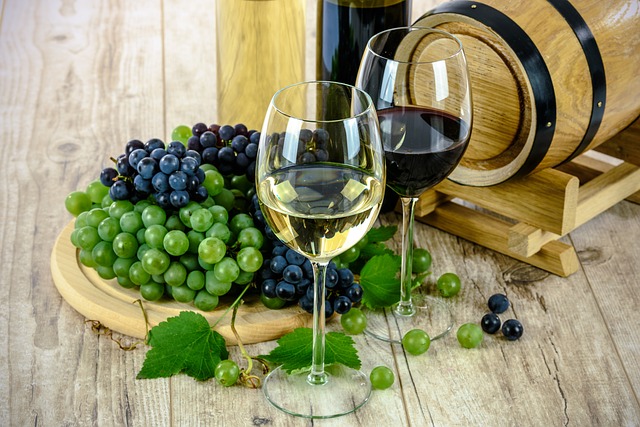Fieldtrip to the Museum of Wine
The field trip to the Museum of Wine, a country collection of antique and traditional tools related to the grapes growing and wine production in Piacenza province, proved to be a great experience for the whole secondary school of Vigolzone. Mr Ferruccio Pizzamiglio and his family, owners of La Tosa farm and vinery, have been dealing their wide rural area for decades and have gathered any sorts of machinery, instruments, implements and hand-made objects aimed to follow that activity from vine plantation to wine distribution, from soil to table.
Uscita didattica al Museo del Vino.
Sabato 30 settembre 2018 è stata una giornata molto divertente ed educativa per tutti gli alunni della Scuola Secondaria di Vigolzone. Gli insegnanti hanno accompagnato tutte le classi, in una passeggiata a piedi tra la natura, al Museo del Vino presso la tenuta “La Tosa” del signor Pizzamiglio, che da anni con passione ha allestito e aperto al pubblico gratuitamente questo particolare museo legato alle tradizioni del nostro territorio. Appena entrati, abbiamo potuto osservare dei quadri che mostravano i rilievi della zona ripresi dall’alto e tridimensionalmente. Salite le scale, il signor Pizzamiglio ci ha mostrato due utensili con un manico largo su un’estremità e sull’altra una punta biforcute, oggetti che venivano utilizzati per piantare o ‘innestare’ le nuove piante della vite sulla vecchia pianta già esistente nel terreno. Oggi le nuove piantine sono innestate su viti Americane perché queste sono le uniche che resistono a un terribile insetto parassita che per anni ha distrutto i raccolti di uva. Subito dopo ci ha mostrato una botte che conteneva un antiparassitario - il diserbante e i prodotti che usiamo oggi non esistevano - e ci ha anche mostrato le particelle blu con cui si produceva quest’ultimo.
In seguito abbiamo visto delle foto che mostravano la pigiatura dell’uva con i piedi nella “navassa”, parola in dialetto piacentino che designa una vasca di legno a forma di nave dove si pestava il vino. La nostra guida ci ha anche mostrato delle botti da viaggio che venivano caricate sui muli e usate tendenzialmente dagli alpini anche per traportare la grappa. Abbiamo anche visto degli utensili per assaggiare il vino della botte tirandolo fuori dal foro in alto. Infatti l’utensile era a forma di siringa ma era molto più lungo e largo.
Ci ha mostrato gli attrezzi, ora illegali, che venivano usati per rendere il vino frizzante. Anche ora il vino viene reso frizzante, ma con la fermentazione. Abbiamo potuto osservare le macchine per tappare le bottiglie di vino e anche quella per far passare il vino dalla damigiana alla bottiglia. Un alunno ha domandato se il detto «Botte piccola fa buon vino» era un vero e la nostra guida ha risposto che non è vero perché se si usa una bottiglia da 75 cl il vino non è così buono come quello contenuto in una bottiglia ‘Magnum’ cioè più grossa.
Infine, per concludere la visita, ci ha portato nella biblioteca del museo dove c’era una cartina molto particolareggiata che mostrava i terreni posseduti da una famiglia nobile. Era così precisa perché serviva nel contratto di matrimoni politici o di convenienza, a differenza da altre mappe che servivano solo a mostrare i terreni posseduti.
Inoltre abbiamo visto i trattori svuotare le cassette colme d’uva nella macchina per pigiarla, dove da una parte uscivano gli scarti e dall’altra il succo.
Field trip to the Museum of Wine.
Saturday 30th September 2018 was a very amusing and educational day for all the pupils from Vigolzone Secondary School. The teachers took all the classes on a nature walking trip to the Museum of Wine at the premises of Mr. Pizzamiglio, a passionate lover who opened free of charge this singular tradition-linked museum years ago. As soon as we got in, we saw some pictures showing the hilly area around there from above and thee- dimensionally. Once over the stairs, Mr. Pizzamiglio showed us two tools with a large handle and a double pointed end which were used to plant or insert the new grapevine plants into an old plant already in the ground. Today the new grapevine plants are inserted in American grapevine because they are the only ones which can resist a terrible parasitical insect which would destroy grapes harvests in the past. After that, he showed us a barrel containing pesticide – the poison and products used today did not exist once – and also showed some blue powder which it was made from.
Later, we saw some photos of feet grape- stomping in the “navassa” (big ship), a dialect word for a wooden ship-shaped bath where grapes were pressed by people’s bare feet. Our guide also showed us some travel barrels carried on mules and mainly used by Alps soldiers to carry grappa. We also saw some tools to taste wine from the barrel through the top hole. In fact, the tool was syringe-like but longer and larger. Mr. Pizzamiglio showed the tools, which are illegal today, to make wine sparkling. Today wine is still made sparkling but through fermentation. We could observe the bottle capping machines and the decanting machine from the demijohn to the bottle.
A pupil asked if the saying “Small barrel makes good wine” is true and our guide replied that it is not true. If a 75 ml bottle is used, its wine will not be so good as in a “Magnum” bottle, which is bigger.
Finally, at the end of the visit, he took us to the museum library where there was a very particularized map showing the fields owed by a noble family. It was so precise because it was useful in political or convenience marriages. Differently, other maps only showed the fields owed. Furthermore, we saw tractors empty cases of grapes into the grape-stomping machine, where the refuse was let aside and the juice came out.

grapes

vineyard

barrels

white and red wine